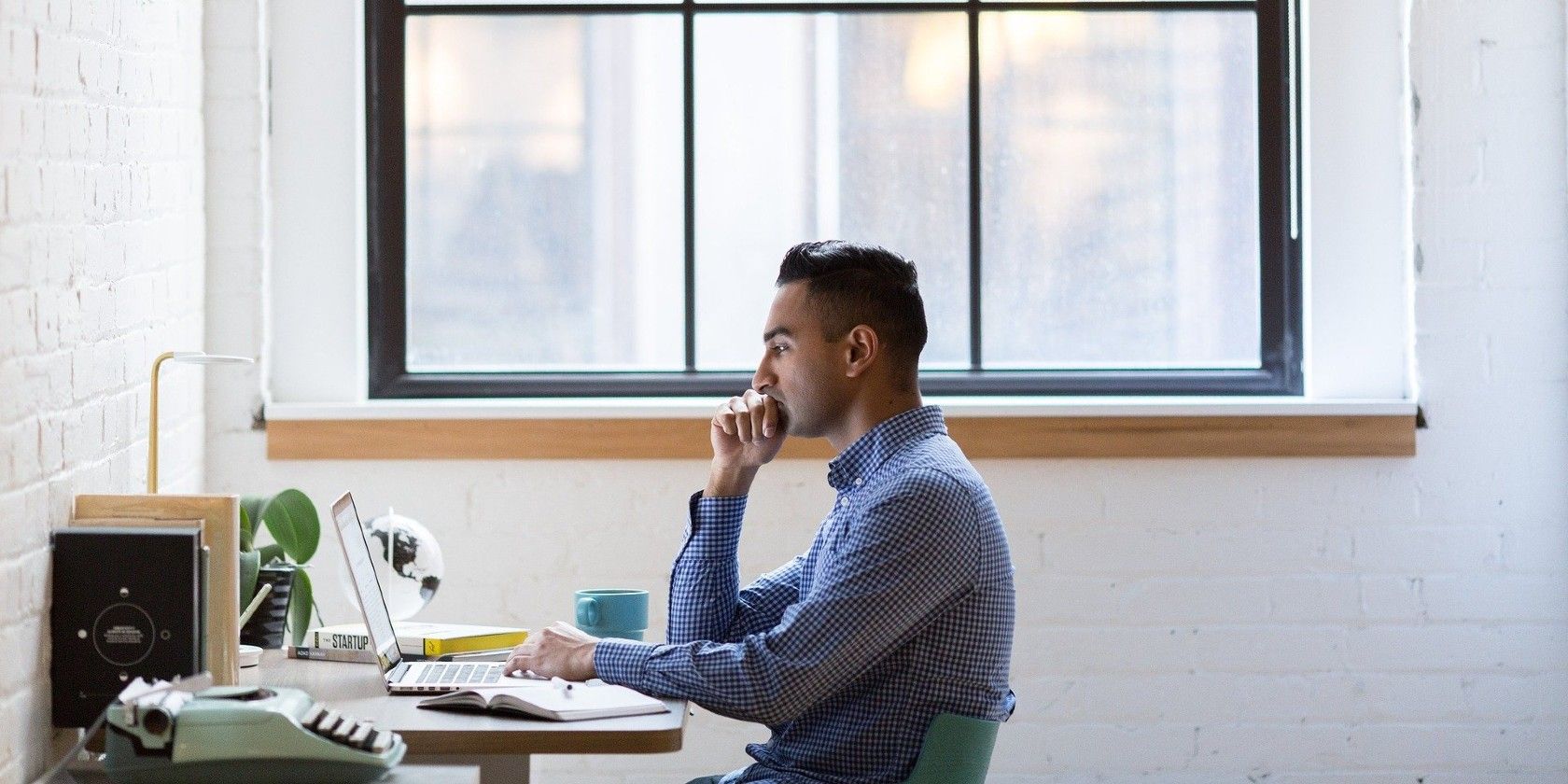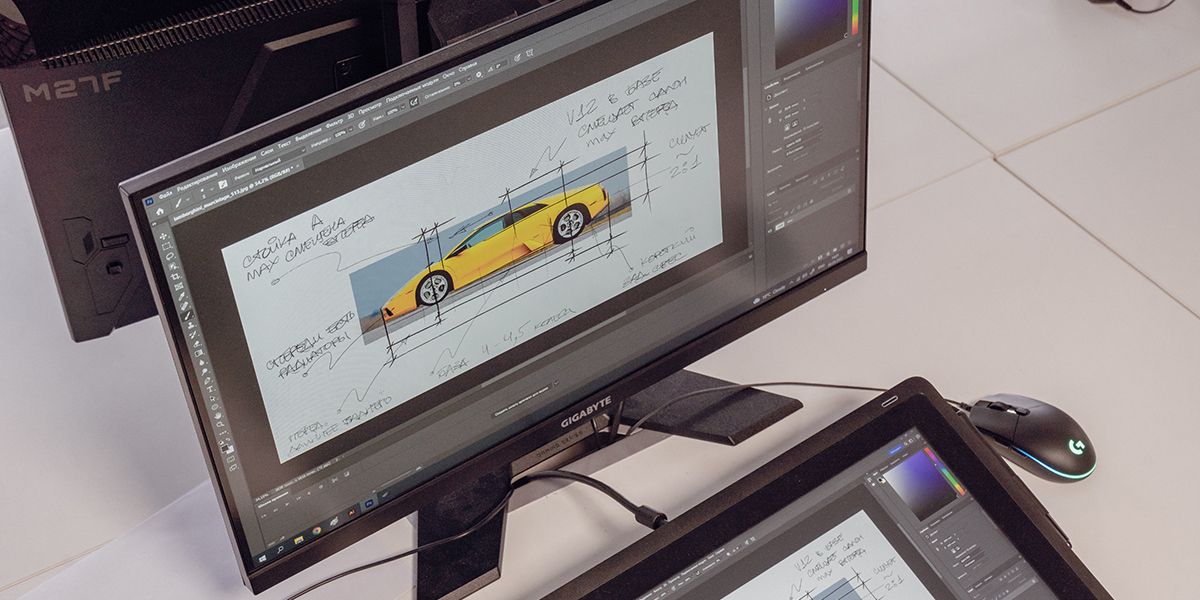Photoshop is a leading program in graphic design. You may think it’s too complex to learn, but there are many easy ways to improve your Photoshop skills.
Take a step into your Photoshop education by noting our most rated tips. You can start practicing or learning right away, and don’t forget that education is a lifelong journey.
Here are nine easy ways to improve your Photoshop skills.
1. Learn Photoshop Keyboard Shortcuts
Photoshop is a huge program with hundreds of features. Each tool can be accessed from a menu or toolbar; However, remembering where each tool is or what each icon represents can be a challenge. Frankly, going on the hunt with your mouse every time you want to do something is an incredibly slow and laborious way to use Photoshop.
If you want to get good at Photoshop, one of the most important things to master is keyboard shortcuts. They make the app infinitely more intuitive to use. Want to use the brush tool? That’s B; add a new layer? Command + Shift + N if you’re on a Mac, Control + Shift + N if you’re on a PC.
All the most common tools and features in Photoshop have a keyboard shortcut that’s worth learning. If a tool you use a lot doesn’t have one, you can even create your own.
An easy way to learn the many shortcuts is to save or print a cheat sheet of Photoshop shortcuts. When you’re still learning, check the chart for the shortcut each time you want to do something. Soon, the shortcut will become instinct, and you won’t have to keep referring back to the chart.
2. Watch Tutorials Online
Living in the age of the Internet means you always have access to information. Chances are, if you have thought about how to do something in Photoshop, someone has made a video or written a tutorial about it already.
YouTube offers a plethora of video tutorials from a variety of artists and designers; if you want something more premium, you could also join a Skillshare class. Don’t forget that we at MakeUseOf also have plenty of written Photoshop tutorials, like how to edit videos in Photoshop or how to create puddles in Photoshop.
Everyone has to learn from somewhere, and online tutorials are one of the best ways to learn in your own time. You can re-read or re-play the tutorial as many times as needed until it becomes second nature. Once you’ve followed the directions, you can experiment to add personal touches to your Photoshop creations.
3. Copy the Masters
Once you’ve mastered the tutorials, then watch higher-level tutorials and see how the artist uses the tools. This takes one step further from how to use each tool to when to use each tool. Don’t try and imitate the instructor; just watch how they use each tool. You’ll absorb that knowledge and be able to use it in your own work.
Following this advice means you can create your own art by using the tools the experts use. If you struggle knowing which tool to use and when, watching experts work is the best technique for improving your Photoshop skills.
Many artists and designers post how-to videos on Instagram or YouTube, which is great for learning which tools they use to create certain techniques. Use these free recourses alongside actual tutorials, and soon your work will be as good as the experts.
4. Work Non-Destructively
When comparing what Photoshop can do that GIMP can’t, one of the important things to note is easier non-destructive editing in Photoshop. There are two ways to edit an image: you can modify the original pixels, or you can use non-destructive techniques to record what modifications you are making in a reversible way. The actual pixel-pushing only occurs when you save the final product.
Non-destructive editing is one of the biggest game changers in Photoshop. Instead of having to go back and start from scratch if you don’t like something you’ve done, you can modify it and tweak it as much as you like. Rather than using Adjustments, you should use Adjustment layers. Instead of the Sharpen or Dodge and Burn tools, you should use filters and Curves layers. Check out our guide to making a pop art style portrait which uses non-destructive ways to edit.
While this isn’t the place to dive deep into non-destructive editing, most experts you watch will be using these techniques. Watch how they go back and tweak things and add that into your own workflow.
5. Keep Practicing
This tip seems obvious, but you should keep practicing even when it feels like you’re not improving. Improvements can be slow, but by persevering, you will get better. The more your practice, the more familiar you’ll get with Photoshop, and the more you’ll know what to do and how to get certain results. Your practice work doesn’t have to be shared with anyone but yourself.
Even longtime users of Photoshop need to practice their skills. Adobe often updates its software, which sometimes comes with large changes. If you’re out of practice, you may not know what the changes are or how to understand new updates.
6. Update Software
Keeping your software up to date ensures you get the best of what Photoshop offers. However, be aware that not all updates are created equally. Before updating Photoshop (or your OS), check online forums to see how the updates affect users. Sometimes it’s better to hold off on an update.
With updates comes the removal of old features. Photoshop removed 3D features in 2022, which means those who updated to newer versions of Photoshop can no longer access those features. If you use 3D tools, then you’d lose that feature in an update. But holding off on an update also means you won’t receive the desired support needed to work the program.
7. Follow Trends
Design trends change all the time. One good way to keep on top of your skills is to copy design trends. You can put your personal spin on things or copy them directly, but it’s another great way of engaging with Photoshop.
If you’re looking to create professional graphic design pieces, remember that trends do go out of fashion. They’re great for practicing skills and keeping up with the crowd, but don’t use trending designs to create logos or branding that should stand the test of time.
8. Share Your Work
While sharing your work will not directly help your Photoshop skills, the idea of sharing work with others may motivate you to create better work. Whether you share your work privately with family and friends or to the larger world via social media, you’re bound to get feedback that will help you.
Take criticism with a pinch of salt when sharing online, but use it as a learning opportunity, too. As well as sharing via social media or forums, you can also enter creative challenges and competitions. This means your work has a chance to be used for other purposes and be seen by a wider audience.
9. Find Multiple Ways of Doing Things
There’s almost always more than one way of doing something in Photoshop. Different tools can be used to create the same results in different ways. One of the big mistakes Photoshop novices make is they learn a technique that works (most) of the time without understanding what it really does and why it works.
Okay, you can use a High Pass filter to sharpen, but why would you use that over a Smart Sharpen layer? Do you get different results? The answer in both instances is that it depends.
Next time you’re using Photoshop, try a different tool instead of the one you normally use. If you mainly use Levels, try and use Curves instead, and vice versa. Occasionally you won’t be able to get the results you want. But most of the time, it’ll work out fine. Whatever happens, you’ll get a deeper understanding of both tools.
Up Your Photoshop Editing Game
There you have it; nine simple ways to improve your Photoshop game. While the tips may be simple, some of them are things that will take time. You won’t master all the keyboard shortcuts overnight, and learning from experts requires continuous education. Other tips can be put into place today. Next time you do something in Photoshop, try a different technique or use layer tools to work non-destructively. Your work will be better than ever.


